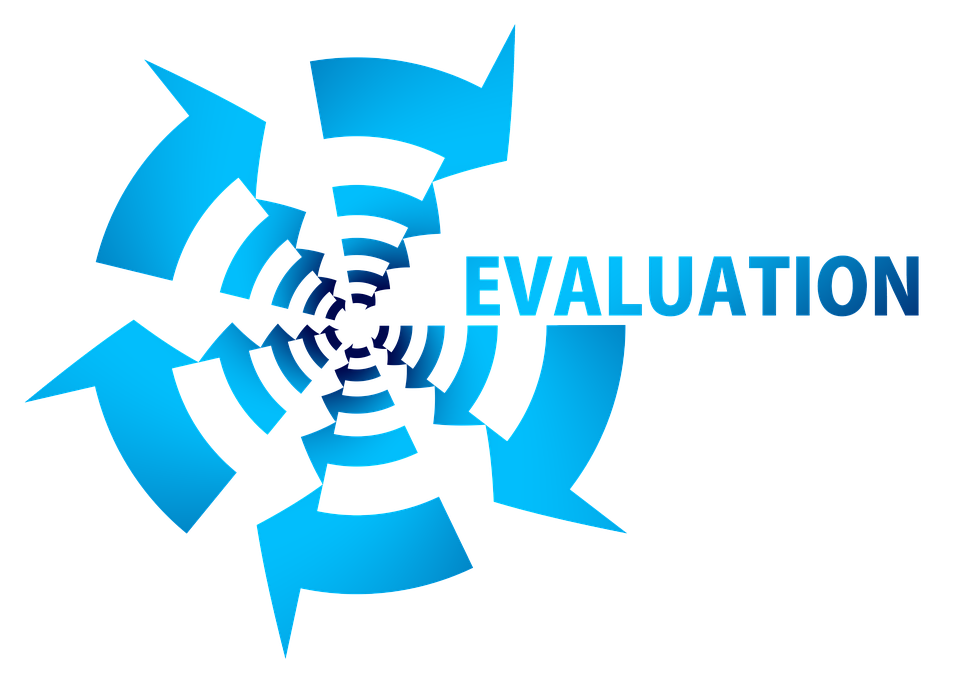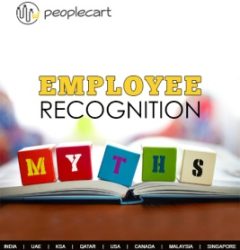09 Dec

-
Do not make it into a brag sheet
A brag sheet is where you sing your praises relentlessly and all through! When writing a self-evaluation, it is easy to fall into this trap and write stories about all your achievements. This can get slightly unappealing to the managers.
The trick is to add only the biggest and most significant achievements and talk about your challenges and barriers in work. That makes the structure more believable.
-
Ensure your accomplishments align with the organizational priorities
Sometimes, what you consider an achievement could be taken differently by the organization. Let’s find self-evaluation examples that prove this here.
- You write in your self-evaluation report that you spent 40 hours last quarter working on improving your communication abilities and took courses and training sessions for the same. This could be an achievement personally. However, if you are an independent backend worker who does not need to interact with clients, this may differ from how your organization wants you to spend 40 hours! Talking at length about this can be counterproductive.
- Similarly, let’s say your organization is moving towards a new technology, and you spent a lot of time working on the outdated one. This aligns differently with company goals for the future and may not be considered an achievement.
The trick to knowing how to write a self-evaluation is knowing what to include and what not to do in the evaluation report.
-
Have data to back your accomplishments
Metrics matter the most. You could have made outstanding achievements in the last review period. However, presenting them in a form that’s easier to understand will help create a better impact.
While writing a self-evaluation form, include quantifiable data wherever possible.
It makes a better impact when you say, “I increased customer retention by 23%”, instead of just telling you to help retain more customers.
Similarly, it feels more powerful when you say that you exceeded your sales target by 56% instead of saying that you sold more than your target value.
-
Do not omit challenges and struggles
Even the best employee goes through dips at the workplace. If you tell in your self-evaluation report that you had zero weaknesses and no challenges and performed amazingly well every day, it would be hard to believe.
Make sure you include challenges, struggles, weaknesses, and possible improvements while writing a self-evaluation report. This is very important for another reason too. When your manager sees that you can point to your weaknesses and identify challenges, they know you will work on them in the coming months.
Not being aware of one’s weaknesses and not mentioning them in your self-appraisal could be the biggest problem ever in a workplace.
Additional points to help
- Before we end, while writing a self-evaluation report, note these dos and don’ts.
- Always keep yourself the center of focus of your report.
- Do not write things that you have heard about yourself from others in the report.
- Be honest but strategic when you write the self-evaluation report.
- Understand the basic format and requirements and structure the report accordingly
- Getting a second opinion on the report before you submit it may be helpful
Conclusion
This blog will teach you how to write self-evaluation reports that are effective, truthful, and advantageous for you as an employee.
Writing a self-evaluation report is more than just showing your organization what you have achieved in the last review period. It would help if you thought back and honestly identified your performance levels and challenges. Reading through your past few self-evaluation reports may help you see how you have grown as an employee within the organization.



